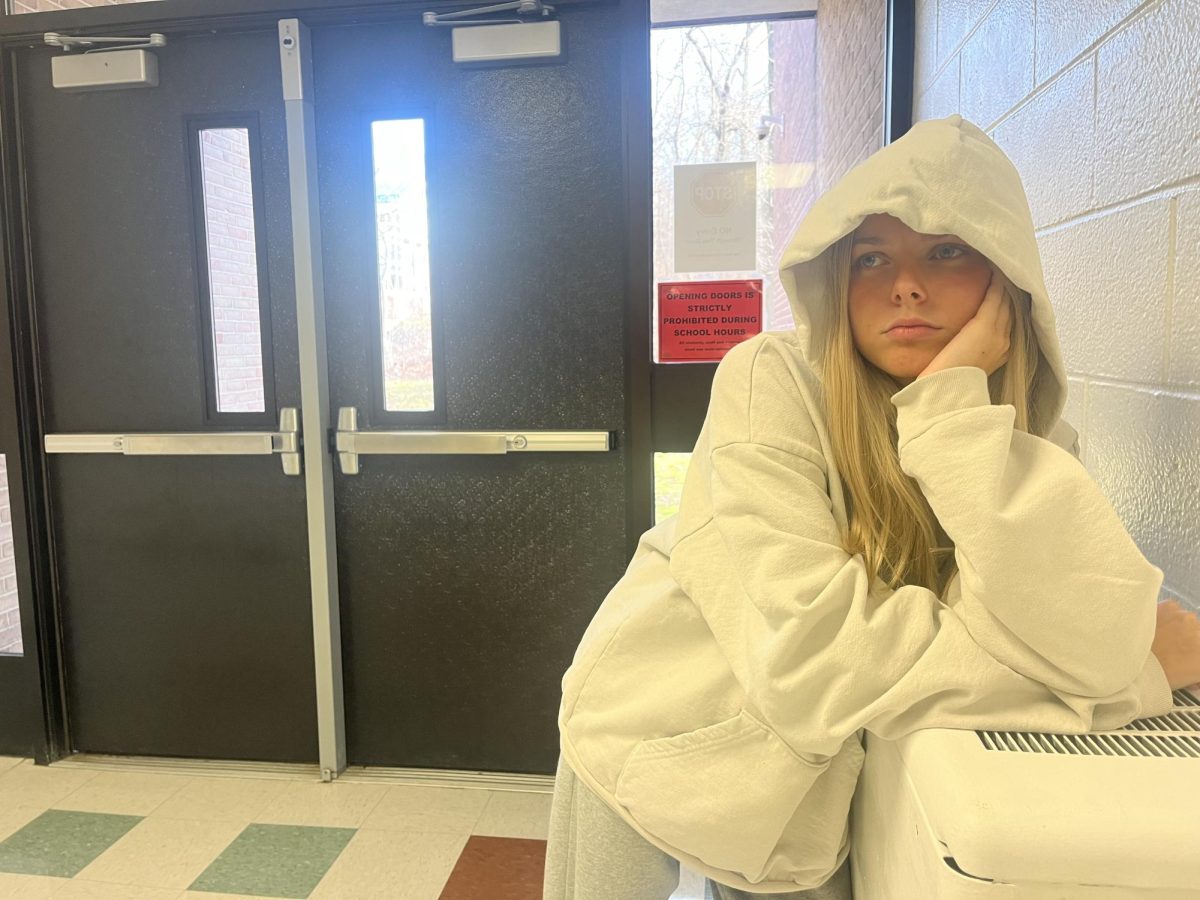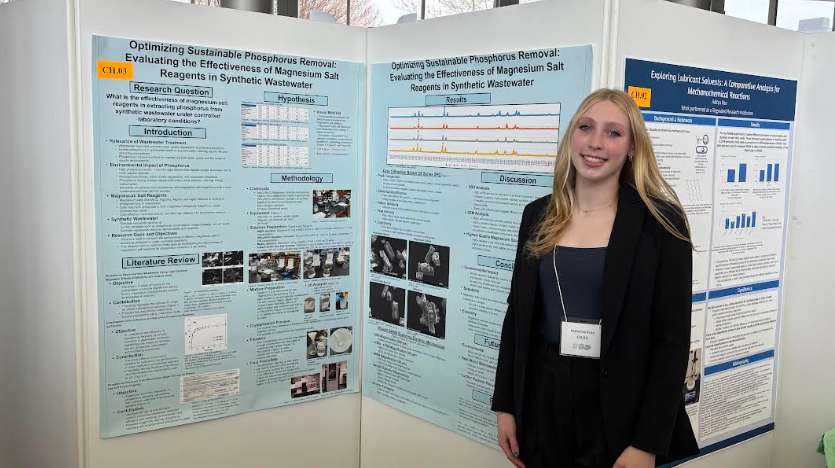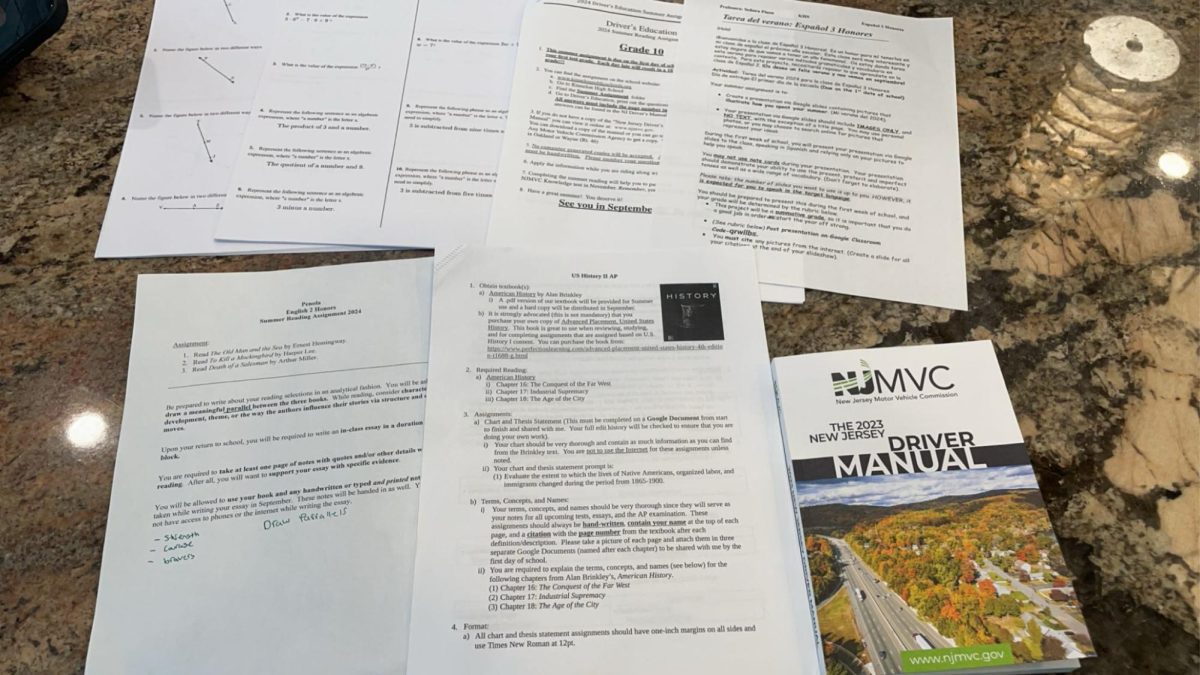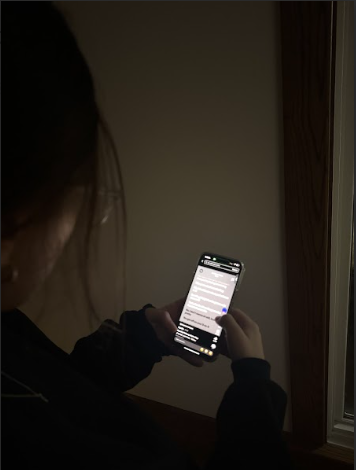The weather has gotten colder, meaning it is now winter. What sometimes feels like the three longest months of the year have arrived. This brings the sun rising around 7 a.m. and setting at around 4:30 p.m. This is only nine hours of sunlight compared to the 15 hours New Jersey sees in the summer. There is no question that the long dark days of winter affect people mentally, but what are the “winter blues”?
The true name for the winter blues is Seasonal Affective Disorder (SAD) and it is a mood disorder that comes out in winter due to the lack of sunlight. With over 5 percent of adults in the U.S. diagnosed with SAD a year, it is not an uncommon feeling.
When sunlight is out the body creates serotonin, which is the chemical of mood, appetite, and sleep. Lack of serotonin leads to alterations in these traits and is the reason people can get depressed.
Sophomore Shazaf Khilijee adds, “I’ve noticed that now that the sun rises later and sets earlier my sleep schedule has completely changed, as now I get less sleep.” Lack of sleep sets a domino effect on mood, health, and appetite making people’s SAD worse.
The winter blues are prevalent with generic symptoms. These symptoms include feeling tired, less appetite, depressed, anxious, etc. There is no certain way to be diagnosed with SAD but there are ways to cure these symptoms.
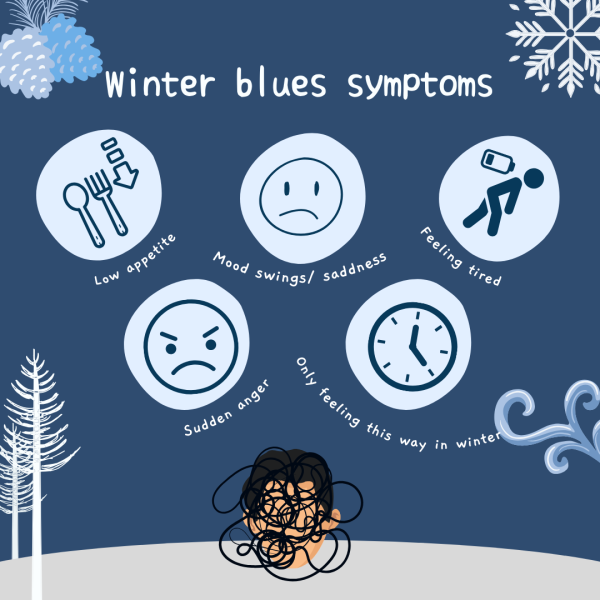
Just because these symptoms may be present doesn’t mean the diagnosis is SAD, meaning if they are experienced, visit a mental health specialist who can ensure it’s SAD.
To treat these symptoms school counselor Marlene Goudreau suggests, “ If SAD symptoms become unmanageable, it’s important to consult your doctor about possible treatments, which can include light therapy, psychological therapeutic support, or medication.”
Though these treatments help once diagnosed, in order to prevent SAD from getting bad Junior Santino Anastasia states, “To help with the winter blues, I participate in hobbies I enjoy like football.” Sometimes a little bit of activity can go a long way. Studies suggest that just 10 minutes of physical activity can significantly increase endorphins which lead to happiness.
If sports aren’t someone’s thing, any other activities that one enjoys are fine. For example, sophomore Courtney Darlington includes that during the winter she experiences the winter blues. This is because she spends time reflecting on summer and wishing that she was there instead of winter. An activity Darlington enjoys to combat the blues is skiing, “I feel better when I’m able to go skiing and relive those memories with my friends from summer that also ski and snowboard.“
In the end, SAD is a very common mental health issue that is present when less sunlight is present in the winter. It’s important to find fun things to do in the winter to soothe these symptoms.

